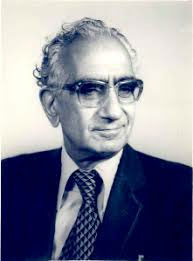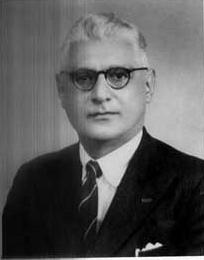
The National Anthem of Pakistan, known as the “Qaumi Taranah,” holds a special place in the hearts of every Pakistani. With its powerful lyrics and soul-stirring music, it encapsulates the essence of the nation’s struggle, unity, and identity. In this article, we delve into 9 facts about Pakistan’s Anthem that shed light on its history, significance, and cultural impact.
FACTS ABOUT AMTHEM OF PAKISTAN
The National Anthem of Pakistan is a testament to the nation’s identity, struggle, and unity. Here is a comprehensive overview of its historical journey:
1. 1947 – Emergence of a New Nation
As Pakistan emerged as an independent nation on August 14, 1947, following the partition of India, there was a need for a national anthem to symbolize the new country’s unity and aspirations.
2. Competition and Selection
To find a suitable anthem, the government initiated a competition. Renowned poets and writers were invited to submit their compositions that resonated with the ideals of the nascent nation between 1948-49.
3. Hafeez Jalandhari’s Contribution
Hafeez Jalandhari, a prominent poet and writer, stepped forward with his composition. His lyrical masterpiece captured the essence of Pakistan’s identity, faith, and determination. The anthem’s verses were rich in symbolism, reflecting the spirit of the times.

4. Ahmad Ghulamali Chagla’s Musical Composition
The lyrical brilliance of Jalandhari’s work needed a musical counterpart. This responsibility fell upon Ahmad G. Chagla, a skilled musician and composer. Chagla’s task was to create a melody that would amplify the emotional impact of the anthem’s words.

5. Music Finalization
After careful consideration, Ahmad G. Chagla’s musical composition was chosen to accompany Jalandhari’s lyrics. The melodious tune was designed to evoke patriotism and stir the hearts of listeners in 1952.
6. 1954 – Official Adoption:
The National Anthem of Pakistan was officially adopted on August 13, 1954. It was performed for the first time on Radio Pakistan, marking a momentous occasion in the nation’s history. This date is now celebrated annually as National Anthem Day.
7. 1955 – Sung by 11 Singers
In 1955, the special performance was presented by Eleven famous Pakistani singers of their time. The performers included, Ahmed Rushdi, Kaukab Jahan, Rasheeda Begum, Najam Ara, Akhtar Wasi, Anwar Zaheer, Akhtar Abbas, Zawar Hussain, Ghulam Dastagir, Naseema Shaheen.
8. Language Debate
The early years of Pakistan saw a debate over whether the anthem should be in Urdu or Bengali, given the linguistic diversity of the nation. Initially composed in both languages, Urdu became the chosen language after the separation of Bangladesh in 1971.
9. World Record
Pakistan achieved a world record in 2012 for having the largest number of people singing the National Anthem simultaneously. Over 70,000 individuals gathered in a stadium in Lahore to make the world record which was certified by Guinness world records.
Cultural Significance
The National Anthem rapidly became a symbol of pride and unity for Pakistanis. It was embraced as a tool to forge a collective identity among a diverse population, transcending regional and linguistic differences.
Integral to National Occasions
The National Anthem became an integral part of national occasions, including Independence Day, Republic Day, and various ceremonies. Its melodious rendition brought citizens together in a shared celebration of their country.
Educational Integration
Recognizing the anthem’s power to instill patriotism, it was introduced into the education system. From early childhood, students learned to sing the anthem, fostering a sense of loyalty and love for their homeland.
Legacy and Continuity
Over the decades, the National Anthem of Pakistan has continued to be a source of inspiration, pride, and unity. Its legacy endures through generations, reminding citizens of their shared history and the ideals that define their nation.
Global Representations
The anthem has transcended national borders on occasions of international significance. Performances at diplomatic events and sports competitions have highlighted Pakistan’s culture and unity on a global stage.
Symbol of Unity and Progress
The National Anthem embodies Pakistan’s journey from a newly formed nation to a striving, progressive society. It encapsulates the values of faith, unity, and progress that continue to guide the country forward.
Conclusion
The National Anthem of Pakistan stands as a beacon of unity, pride, and hope for the nation. Through its poetic brilliance, melodic appeal, and historical significance, it continues to inspire generations of Pakistanis. As the anthem echoes across the nation, it reminds everyone of their shared identity and the remarkable journey of Pakistan as a sovereign nation.













